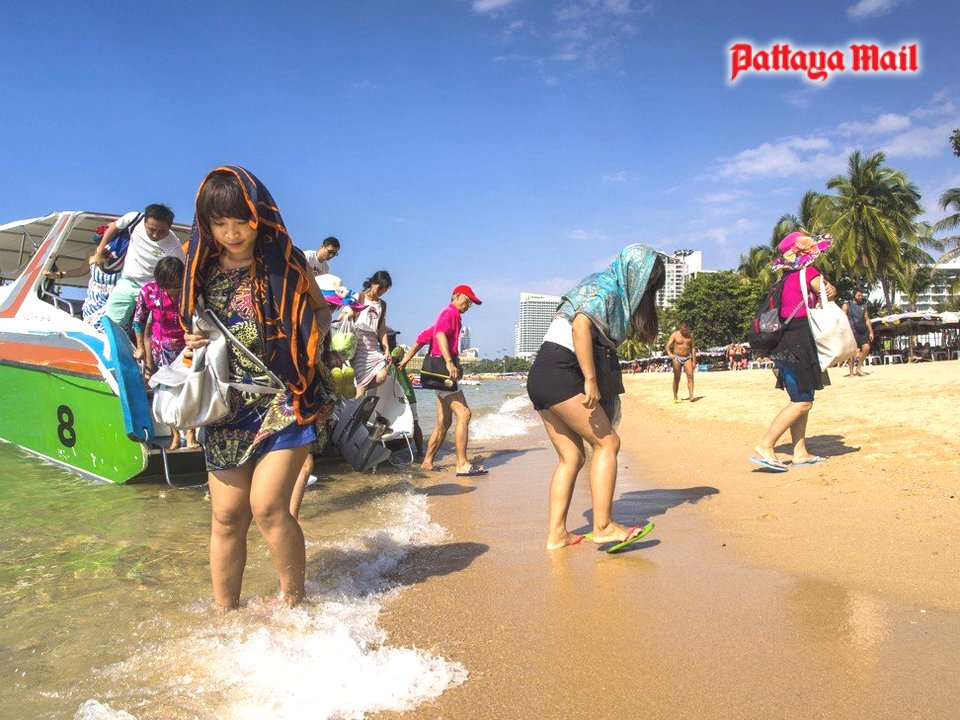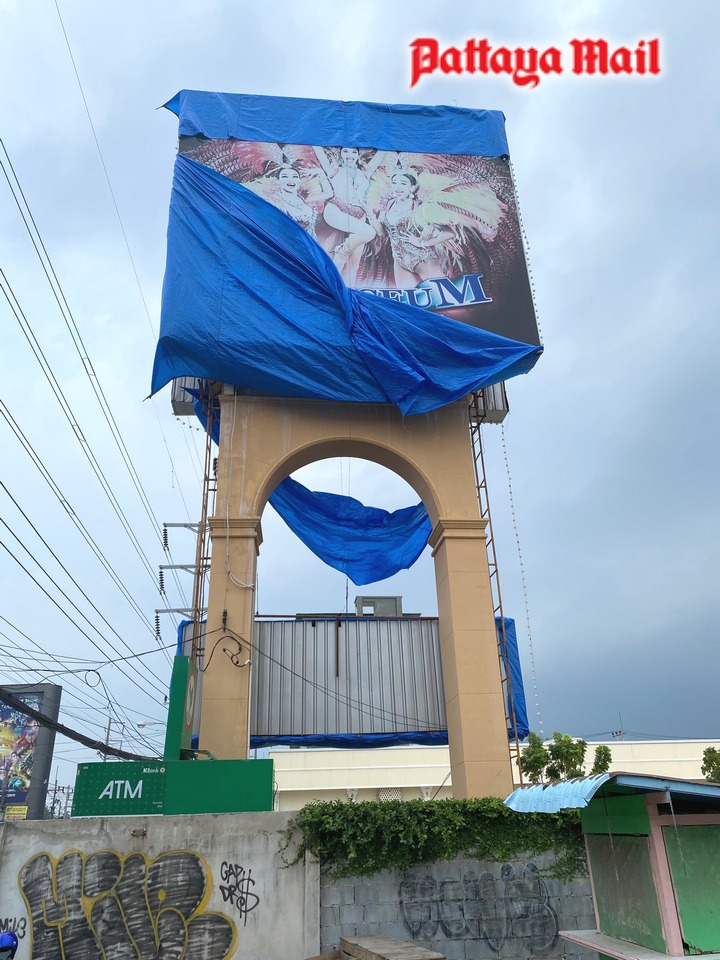
The mega-businesses in Pattaya which have traditionally depended on Chinese tourists to fill their seats are being warned that they will remain in the doldrums for the rest of the year. These include several transvestite cabarets and family spectacle shows with hi-tech features, particularly along Thepprasit Road, as well as at least 10 three and four star hotels in South Pattaya. Most mass-tourism attractions such as zoos, water features and parks closed even before they were ordered to do so because of Covid precautions.
Sisdivachr Cheewarattanaporn, president of the Association of Travel Agents, told the Bangkok Post that Chinese tourists would not be returning to Thailand this year as China has developed a self-dependent domestic market with a population of 1.4 billion to draw from. He explained that Beijing was very unlikely to relax the ban on overseas vacations until at least 70 percent of the population had been vaccinated. This would not be achieved until March or April 2022.

Nor are the Chinese authorities likely to engage in travel bubble arrangements with other countries whilst the pandemic persists with its ever-growing number of variants which increase the risk of re-infection. Mr Sisdivachr mentioned China’s strict quarantine rules: “Look at Hong Kong which is close to the mainland, yet Chinese people still have to isolate for two weeks when returning from there.”
A major problem for Pattaya is that the Chinese government has specifically outlawed group tours and packages which have been the mainstay of that market. At one time, there were so many tour buses in the city that parking restrictions at night on major roads were rescinded to cope with the sheer numbers. Thai authorities have taken advantage of the huge reduction in traffic to try their hand at road widening and anti-flood precautions, many of which are ongoing.

With both China and India (Thailand’s biggest recruitment centers) out of the tourist picture for now, Thailand will be dependent on more traditional markets such as the UK, mainland Europe, USA, Australia and parts of the Middle East for its planned reopening from July 1 when Phuket’s Sandbox model (no quarantine for fully vaccinated foreigners) kicks in. This is to be followed by ten other cities and regions from October 1 with a plan fully to reopen Thailand at the start of 2022. But none of it is written in concrete as the pesky virus continues its ravaging.
The cautious hope is that there will be 5 million foreign arrivals in the calendar year 2021, expected to generate 150 billion baht. This is a far cry from the near 40 million who arrived in 2019 generating 1.3 billion US dollars or about 40.3 billion baht. For the time being, Thailand’s tourist industry will be heavily dependent on the lively domestic market and the beleaguered expat population. The question now is whether Pattaya’s international visitor infrastructure can wait for 2022.
 |
 |
 |





